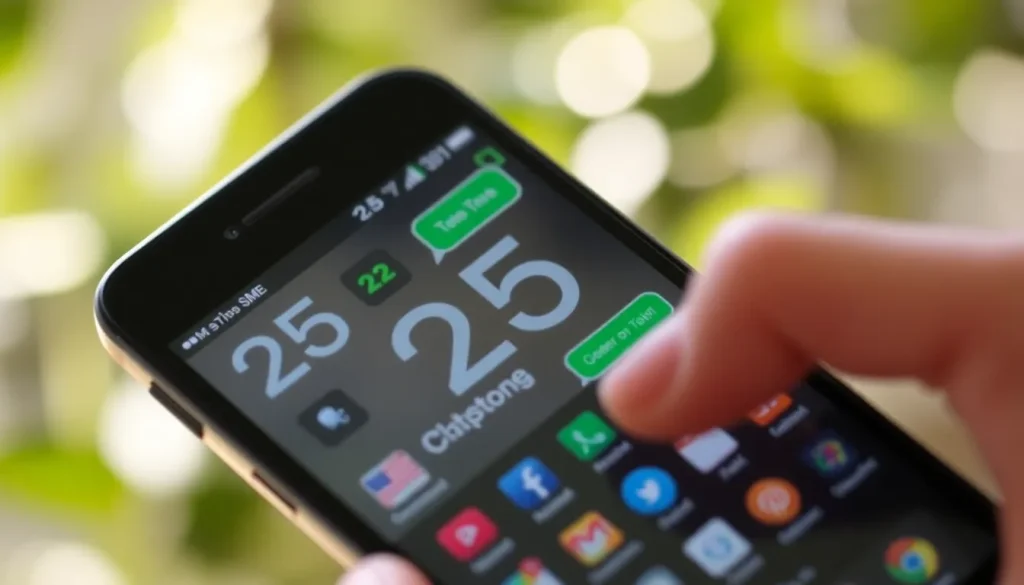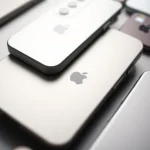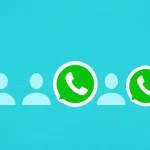SMS celebrates 25 years of communication evolution

December 3 marks a significant milestone in the history of communication technology. It was on this day, 25 years ago, that the first Short Message Service (SMS) was sent, forever changing the way we connect with one another. This article explores the fascinating journey of SMS, its evolution, and its impact on modern communication.
Imagine a world where sending a message to a friend required a phone call, a pen, and paper. Today, we take instant communication for granted, largely thanks to the advent of SMS. Let's delve into the origins of this revolutionary technology and how it has shaped our communication landscape.
The Birth of SMS: A Historical Perspective
The first SMS was sent on December 3, 1992, by Neil Papworth, a software architect working for a company that provided services to Vodafone in the United Kingdom. From his computer, he sent a simple message to his colleague Richard Jarvis, which read, “Merry Christmas.” This seemingly innocuous greeting would pave the way for a new era in communication.
Initially, SMS technology was limited to certain networks, but it wasn’t long before Nokia introduced mobile phones capable of sending text messages directly. This innovation included an audible notification for incoming texts, which further popularized the use of SMS.
Evolution of SMS Capabilities
In 1999, a major breakthrough occurred when SMS became interoperable across different networks. This meant that users could send and receive messages regardless of their mobile carrier, dramatically increasing the volume of text messaging.
- 1992: First SMS sent by Neil Papworth.
- 1993: Nokia introduces SMS-enabled mobile phones.
- 1999: Inter-network SMS functionality becomes available.
As SMS use surged, the character limit for messages was set at 160 characters. This constraint led to the development of new writing styles; users began to abbreviate words, omit vowels, and create unique shorthand to convey their messages more efficiently.
The Cultural Impact of SMS
Beyond just a communication tool, SMS has significantly influenced our language and culture. The need for brevity gave rise to new expressions and acronyms, such as:
- LOL (laughing out loud)
- BRB (be right back)
- IMO (in my opinion)
These abbreviations have become part of everyday language, showcasing how technology can shape communication norms. Moreover, SMS also introduced the concept of emoticons—simple text-based representations of emotions—which eventually evolved into the colorful emojis we use today.
From SMS to Instant Messaging
Fast forward to today, and SMS has largely been supplanted by free instant messaging services such as WhatsApp, Telegram, and Facebook Messenger. These platforms allow users to send messages without character limits and at no cost, fundamentally altering the way we communicate. Nonetheless, SMS still holds a place in certain contexts, particularly for commercial communications like two-factor authentication and promotional messages.
The decline in SMS popularity can be attributed to several factors:
- Cost associated with sending SMS messages.
- Limitations on character count.
- Emergence of rich media messaging (images, videos, and voice messages).
Celebrating 25 Years of SMS
In honor of the 25th anniversary of the first SMS, Neil Papworth has envisioned a modern version of his original Christmas message, incorporating emojis to reflect today’s communication style. This playful nod to the past highlights the evolution of our messaging habits over the years.
To see this modern interpretation, check out this reflective video:
Looking Ahead: The Future of Communication
As we celebrate the legacy of SMS, it’s essential to consider what the future holds. With advancements in technology such as artificial intelligence and augmented reality, communication will continue evolving. The rise of chatbots and AI-driven messaging is already changing the dynamics of how we interact.
Meanwhile, SMS remains relevant in various sectors:
- Financial notifications and alerts.
- Healthcare reminders and appointments.
- Two-factor authentication for security.
These functions demonstrate that while the form of communication may change, the need for quick and effective messaging will always remain.




Leave a Reply